This week, become a data scientist in 5 easy steps.
Welcome to The Digital Eye, your weekly roundup of the latest technology news.
Our team of experts have scoured the internet for the most exciting and informative articles so that you can stay up-to-date on all things digital, data, blockchain, AI & analytics.
We hope you find this information valuable and would appreciate your help in sharing it with others who may also be interested.
Concepts You Have to Know for Data Science Interviews
Most frequently asked questions in data scientist interviews
It’s the beginning of the year and a lot of people are looking into new opportunities and new challenges. I remember from my multiple rounds of recruiting in the past that I regularly struggled to find a good comprehensive resource to prepare for my data science interviews, so I decided to put one together myself.
If you are starting a new round of recruiting or looking to up-skill your data science knowledge for the new year, hopefully, you will find this cheat sheet/crash course helpful as a starting point. This is the first article of the data scientist interview series where I want to mention some basic distributions and basic concepts related to distributions that get asked frequently in data science interviews.
The concepts I will touch on in this series is by no means exhaustive, it’s an aggregated list for the most asked questions in data science interviews, or concepts a good data scientist should be familiar with, based on my experience.
Next Supercomputers may run on chips that mimic human brain
Neuromorphic chips could be the future of high-performance computing
Researchers at Sandia National Laboratories have demonstrated that neuromorphic computers that replicate the brain’s logic synthetically can solve more complex problems than those posed by AI.
In a newly published article in the journal Nature Electronics, the researchers detailed their findings which show that neuromorphic simulations using the statistical method called random walks can do all sorts of advanced computations like tracking X-rays passing through bone and soft tissue, disease passing through a population, information flowing through social networks and more.
New AI-driven optimisation tech for deep neural networks
ENOT, a developer of neural network tools, has released AI-driven optimisation technology for deep neural networks.
The technology has been developed for AI developers and edge AI companies. The company says the integration of its framework makes deep neural networks faster, smaller and more energy-efficient, from cloud to edge computing. It says the technology helps achieve optimisation ratios resulting in acceleration up to 20x and compression up to 25x, reducing total computing resource (hardware) costs by as much as 70%.
“ENOT applies a unique neural architecture selection technology that outperforms all known methods for neural network compression and acceleration,” says ENOT founder and CEO, Sergey Aliamkin.
How can you clean a solar panel without water?
The new system uses electrostatic repulsion to cause dust particles to leap off the solar panel’s surface.
- Solar power is expected to reach 10% of global power generation by 2030.
- But the accumulation of dust on the solar panels can reduce output by 30%, while cleaning them uses about 10 billion gallons of water a year.
- MIT engineers have developed a waterless cleaning method to remove dust on solar installations in water-limited regions.
- The new system uses electrostatic repulsion to cause dust particles to detach and virtually leap off the panel’s surface.
Solar power is expected to reach 10 percent of global power generation by the year 2030, and much of that is likely to be located in desert areas, where sunlight is abundant. But the accumulation of dust on solar panels or mirrors is already a significant issue — it can reduce the output of photovoltaic panels by as much as 30 percent in just one month — so regular cleaning is essential for such installations.
Executives discuss top challenges in deploying AI
— and how to solve them
Hastened by a widespread move to digitize operations, the enterprise is enthusiastically embracing AI. According to IDC’s 2022 AI InfrastructureView survey, 31% of companies say that they now have AI in production, while the majority are actively piloting AI technologies. Increasingly, adopting AI is leading to boosted profitability, with 27% of businesses responding to a December 2021 McKinsey survey claiming that at least 5% of their earnings before interest and taxes (EBIT) are now attributable to AI.
But there remain many hurdles to successfully implementing AI. Of the companies participating in the AI InfrastructureView poll, only one-third claim to have reached a “mature” state of adoption wherein their entire organization is benefitting from an enterprise-wide AI strategy. Moreover, while nearly two-thirds of companies in the McKinsey survey say that they’ll continue to increase their investments in AI over the next three years, half admitted experiencing higher-than-expected AI project costs.
Article by @kdnuggets
A typical beginner will spend a couple of hours on Google searching for data science courses, and most of them give up. Why is that?
It is because we have multiple options to start and we could not figure out what works best for us. In my opinion, we all are just lost in the stockpile of content and we don’t know where to start. In this blog, I will guide you on what worked for me and maybe it can work for you too.
The guide includes:
- Learning basics of data science
- Getting good at programing language
- Taking full data science track
- Getting hands-on experience on data science projects
- Getting data science certification


